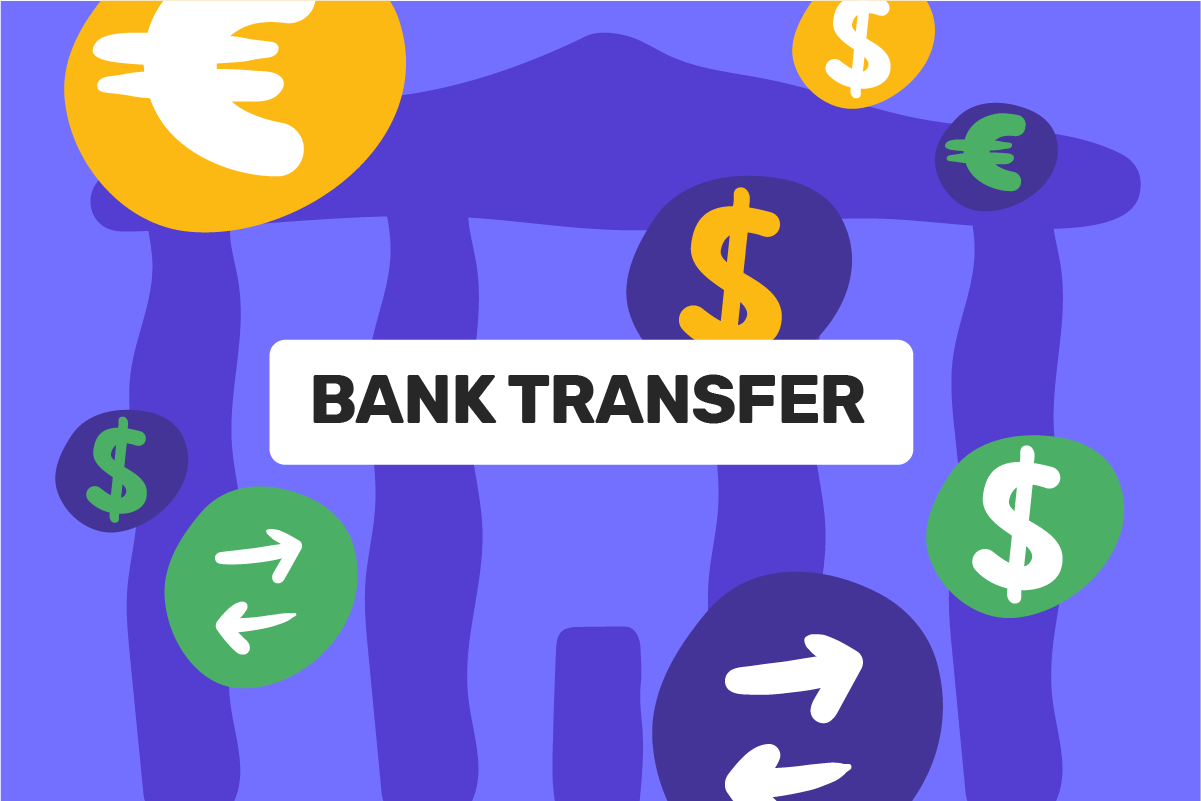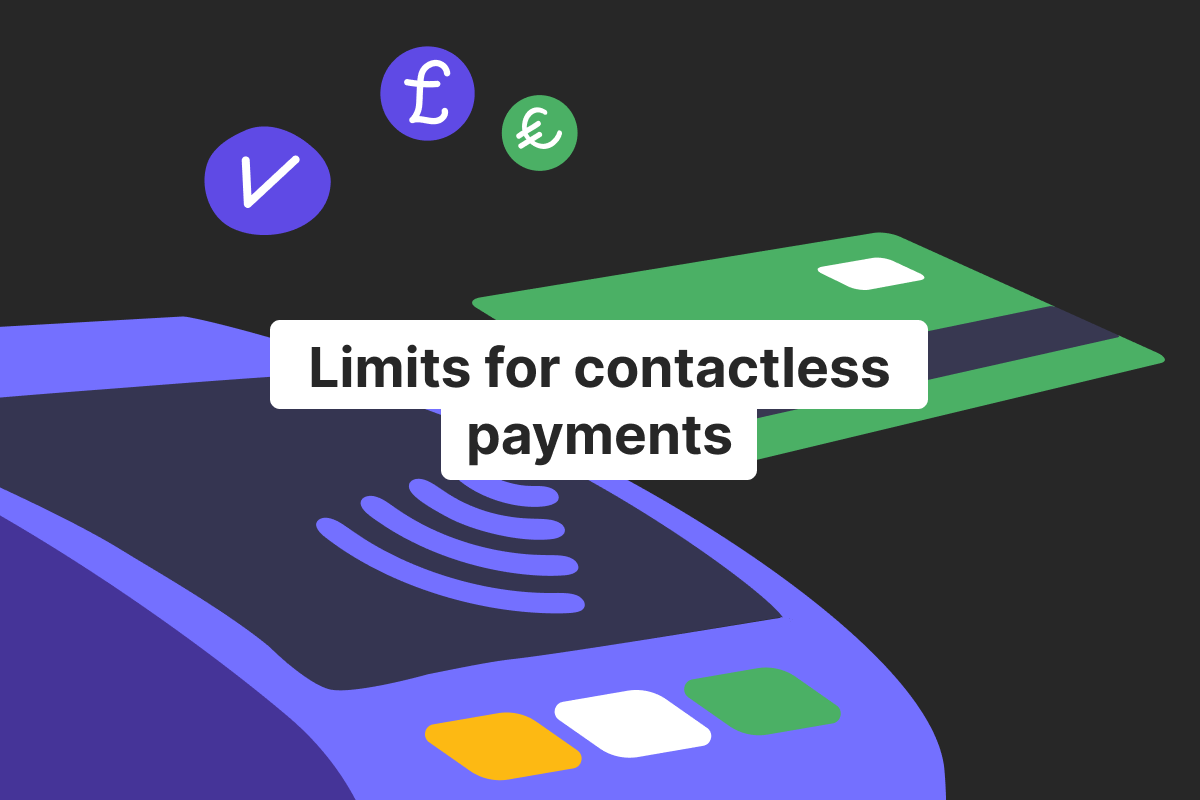A bank transfer is a modern and advanced way to move money around. We all need to order or accept transfers, whether it’s our rent payments or a small loan from a friend. Even though it does not take much time or effort to make such transactions nowadays, those who are not familiar with the process yet may face a few obstacles.
But no worries, as today Genome is cracking up bank transfers in our article. We will explain how to send and receive transfers, what do you need for this, and what’s the waiting time.
How does a bank transfer work
To put it simply, a transfer is an electronic payment from one bank account into another. It’s a safe way to send funds because you don’t need any cash for this. Instead, you’re using the balance of your bank account. Bank transfers can be domestic (within one country) or international (between different countries), but they all work on the same principle.
Open an account
in Genome online
How to make a bank transfer
There are few different ways to order a transfer:
Online banking
You can log into your account from any device anywhere in the world. Thus, you have access to your money and all banking services anytime.
Mobile banking
It’s probably the most convenient way to do all the financial operations, including sending and receiving transfers. Mobile banking apps are constantly improving so that you can do everything just with a few clicks.
Via telephone
Give your provider a call and instruct them to make a transfer on your behalf. It’s quite a rare method of sending funds nowadays, but it still works.
Directly in branch
Sometimes you cannot use your smartphone or any other device to do your banking. The good news is that you can still visit a physical branch of your bank and talk to the employees. They will also order a transfer for you.
What details are needed for bank transfer
Information needed for a bank transfer depends on the country and the type of transfer you want to make. Usually, you can see all the required fields on your mobile or Internet banking.
In most cases, you will need the following details:
Receiver’s full name
Bank account details:
SWIFT/BIC code for SWIFT transfers;
IBAN – for SEPA transfers;
Sort code – for transfers within Great Britain;
Routing number – for transfers in the US;
Date and sum of the transaction
How long does it take for the money to be transferred?
It also varies based on the type of transfer you’re ordering or receiving. More on different transfers and their timeframes in this article.
Usually, a bank transfer can take a few business days. Of course, there are also options how to make instant transactions, such as SEPA Instant transfers, but you might need to pay an extra fee for this. Also, keep in mind the time the bank takes to process a transfer. For example, even if you make a transaction in the evening, it will only be processed the next business day because most banks and building societies are closed after regular working hours.
With Genome, you can send instant transfers completely for free to other users of our personal and business accounts. We also support SEPA transfers. Provide your details here to open a current account with us and start using it within the next 3 days.
Open an account
in Genome online
The details you need to receive money
To make sure that somebody sent you money correctly, you would also need the same details as the ones for making a transfer. However, you can only do this after the funds are already in your account. You can also ask for a special document provided by a bank called account confirmation. It’s official proof of somebody’s bank account details.
To receive wire transfers in a branch, you might need an ID.
What to pay attention to avoid issues with bank transfers
The most common difficulties when sending transfers are:
Incorrect bank details
Be careful with filling in all the boxes when ordering a money transfer. Even one mistake in any letter or number may lead to canceling your transaction or funds settling in the wrong account. Sometimes, it can take weeks to fix this and return your money.
Using overdraft facility
Check your account balance before sending a transfer and try to calculate how much money will be left after (including transfer fees). It’s very common that people forget about charges and then need to pay interest on overdraft.
Holidays
Most banks and financial providers only process transfers on working days. In addition, remember that state holidays and weekends are different for each country (for international transfers). It’s better to order a transfer beforehand and make sure it arrives in the necessary account just in time.
FAQ
What does bank transfer payment mean?
If you’re confused with all the terms and wondering what is a money transfer too, don’t panic – these words are all synonyms.
How does a bank transfer work?
It’s an electronic payment from one bank account to another one. The sender instructs their provider to send funds to another bank. Then, the receiving bank checks the details and puts the money in the necessary account so that it’s available to the receiver.
How safe is payment by bank transfer?
Transfers are completely safe under the condition that you instruct them correctly and use the services of reliable banks or financial providers. Your provider is responsible for encrypting provided bank details and sending the correct message to the receiving bank so that a recipient can have money in time.
How do I do a bank transfer online?
You can do this either from mobile or Internet banking from any smart device. Log into your account – select Transfers – fill in the details – hit Send.






